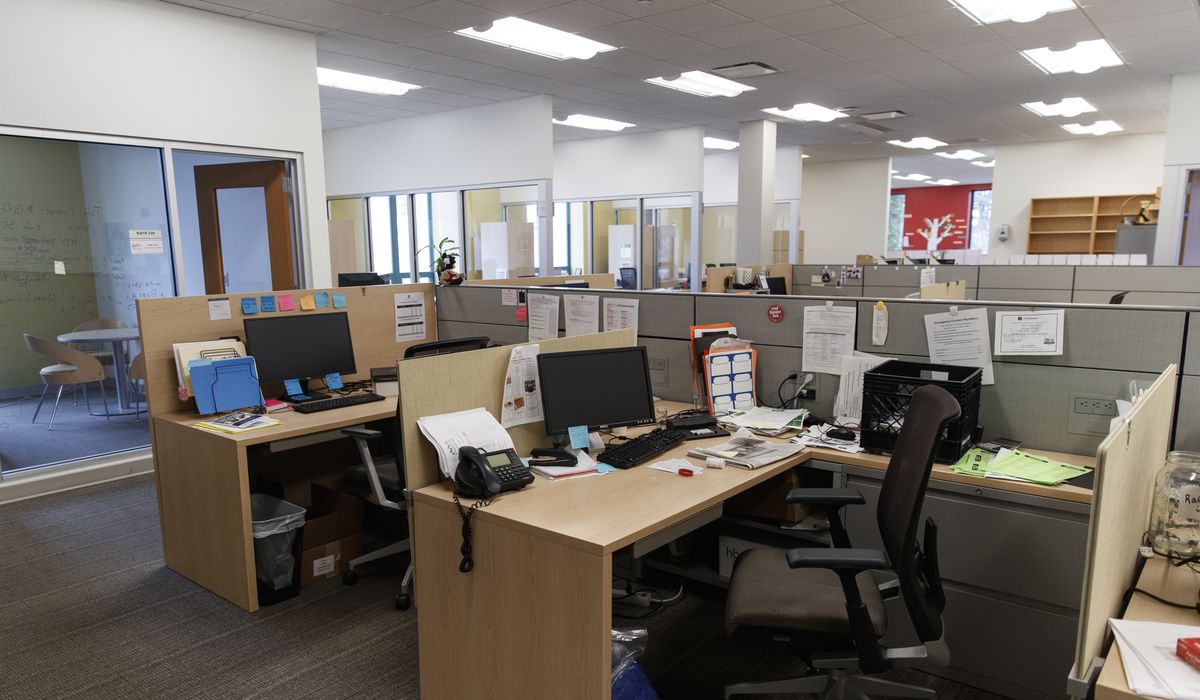Ghost town: 10% of federal workforce is totally remote, 50% of the rest telework some days a week

Working remotely has consumed the federal bureaucracy to the point that 10% of the workforce — some 228,000 employees — never show up at an office, according to a new report Wednesday by the House’s oversight committee.
Another 1.1 million employees are designated as eligible for some telework, and nearly all of them take advantage of it. They average two days a week working from somewhere other than their official worksites, investigators concluded.
Nearly one-third of Health and Human Services employees are full-time remote workers. Meanwhile, 55% of the Education Department never has to set foot in the office, according to the report — and those that telework still end up spending more than half their time out of the office.
To make matters worse, Biden administration officials have tried to obfuscate the extent of things, challenging the data and telling lawmakers their employees “show up every day.”
The result is agency buildings that resemble ghost towns. House Oversight and Reform investigators photographed the 6,300-employee Social Security building’s parking lot completely empty at 11 a.m. on a Wednesday workday.
“The lights may be on in federal buildings, but too many federal bureaucrats continue to work from home,” said Rep. James Comer, Kentucky Republican and chairman of the committee.
He said the government’s whole approach to telework is wrong in that it’s largely based on what the employees want, rather than on the government’s mission or taxpayers’ best interest.
In most cases, agencies haven’t even tried to measure whether telework advances their mission.
The committee said it knew of only one agency, the Veterans Benefits Administration, that actually includes a “meaningful” measure of the effectiveness of teleworking employees.
When challenged, federal managers say they have to be generous with telework in order to compete with the private sector.
IRS Commissioner Danny Werfel, who led a massive hiring spree at the tax agency, told Congress last year that telework was a crucial benefit to offer.
“We have to stay competitive in the labor market and we want to make sure that we’re providing good flexibility versus what other employers might provide,” he said.
The federal civilian workforce is 2.28 million strong. Some 228,000 of those are never required to show up. Another 1.1 million have jobs that are eligible to do remote work, and nearly all of them take advantage of it.
President Biden’s team at the White House has talked tough, issuing directives to agencies to start getting employees back in offices.
But Mr. Comer said it turned out to be little more than talk.
By then, the Biden administration had already cut too many deals with federal worker labor unions locking in the very telework policies Mr. Biden’s officials were now complaining about.
It also makes it tougher for Mr. Trump to re-cork the bottle.
“Biden-Harris administration officials worked with federal labor union allies not only to lock in high telework levels, but to undermine the ability of the incoming Trump Administration to unlock them, and to manage its own workforce,” the GOP report concluded.
Social Security, for example, reached a deal with its labor union in November to lock in generous telework policies that allow employees to be in the office as little as two days a week.
Former Social Security Commissioner Martin O’Malley is slated to be one of the witnesses Wednesday in an Oversight Committee hearing on telework.




